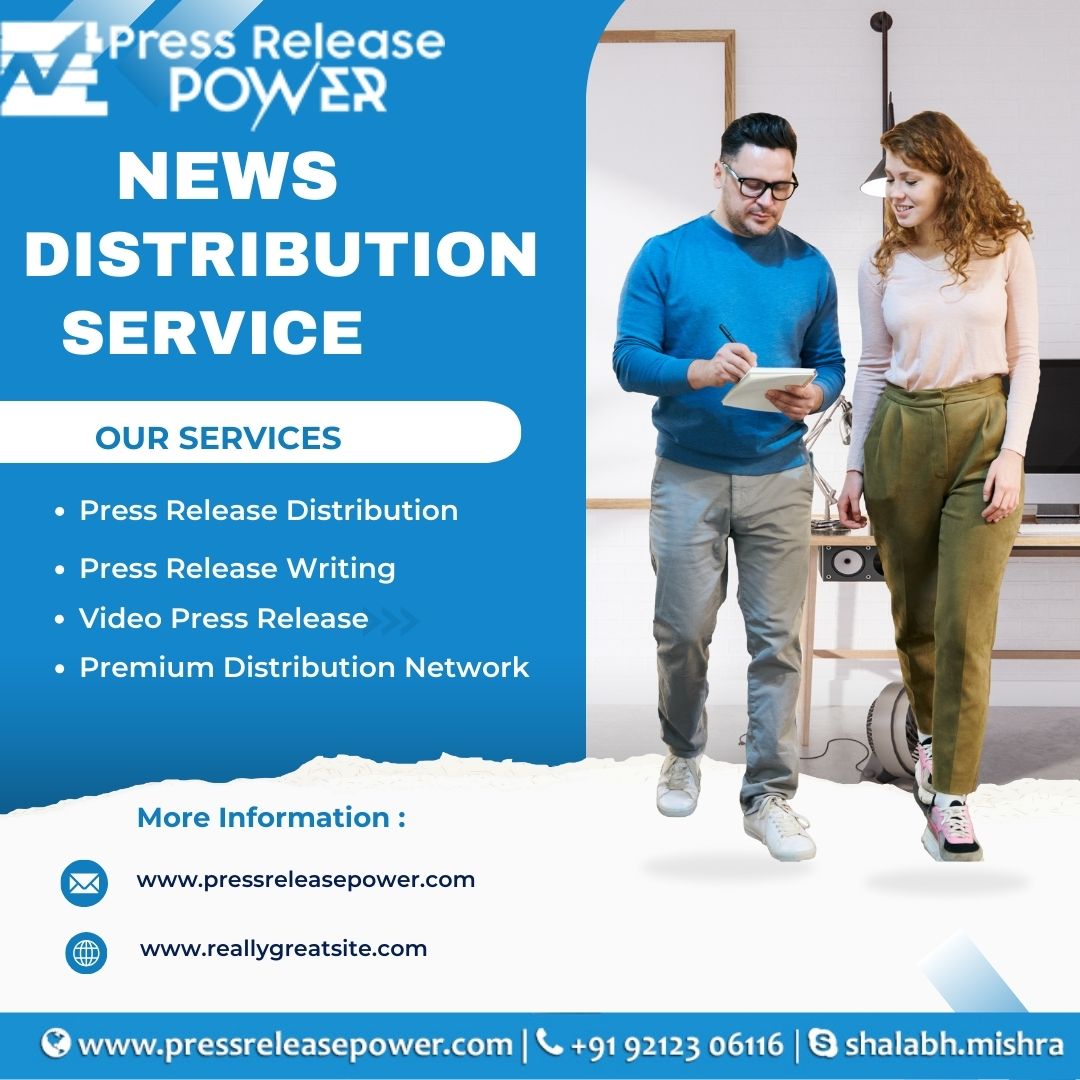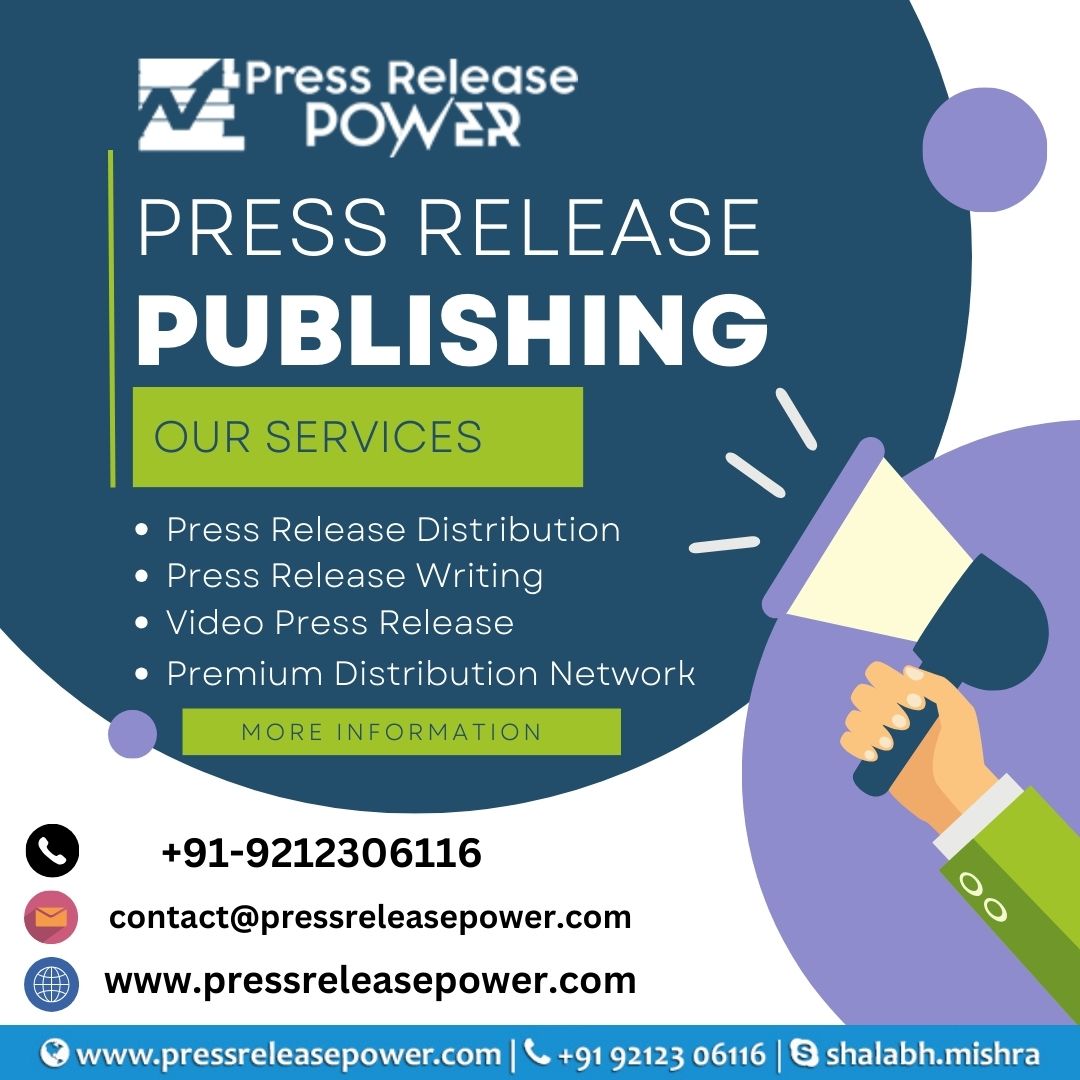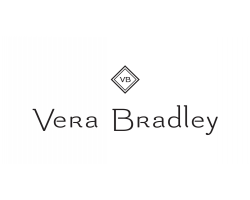Introduction
If you have an event coming up, congratulations! You've got a lot of work to do. You need to make sure that your press release example is both newsworthy and compelling. Here are some tips for writing a winning PR piece:
Cut straight to the chase.
Make sure the reader knows what you are talking about.
This is your chance to be direct and tell them exactly what they need to know. You can include a few details, but don't be afraid of being brief if it means that you're more likely to get their attention in the first place. If there's any doubt about what you're trying to convey, consider cutting straight to the chase by saying so directly: "Our event will last from noon until midnight on [date]."
Get the format right.
A press release sample should be written in a standard format. This means using the same style for all your releases, and using it consistently. A template can help you get started on this front, but even then, some personalization may be required to ensure that your press release is unique enough to stand out from the crowd.
The most important thing about writing a good press release is to make sure that you include everything necessary within its constraints: no information gets left out or lost in translation! To do this, we recommend using templates like those provided by industry associations such as The Society of Professional Journalists (SPJ) or The Associated Press Stylebook. These provide clear guidelines for how much space each item should take up: headers should appear at least once per page; body text should wrap across two columns; graphics should appear as part of their own paragraph(s); hyperlinks must be underlined rather than bolded; references should be alphabetized according with author names followed by "et al."
Create a newsworthy story angle.
Create a newsworthy story angle.
Show how the story is relevant to the reader's interests.
Use a headline that will grab their attention and make them want to read more, or click on your link, or call you when they have time for an interview.
Draft like a journalist.
Use active voice.
Use short sentences and paragraphs.
Write in simple language that is easy to understand by a wide range of readers, including non-journalists (i.e., people who don't have journalism degrees or have never been known for their writing skills).
The inverted pyramid structure works well for media release example because it gives them a clear outline of what you want your reader to know at each stage in the process, from "This event will happen on [date]" all the way through "The results should be available by [date]."
Focus on what the reader wants to know.
The first step to writing a press release is to focus on what the reader wants to know. This means using the 5 Ws—who, what, when and where—to get your reader’s attention.
Next, make sure you have a hook that grabs their attention and keeps them reading. Consider using quotes from other sources or even videos of yourself talking about the event topic in question.
Finally, make sure there is a call-to-action for those who want more information about the event in question (or any other thing). For example: “If you would like more information about this event please contact us today!”
Send it out too early.
The first thing to consider when sending a sample press release template is the time of day it's released. If you're sending out your event tips in the middle of the night, chances are that no one will see it and you can't expect any results. On the other hand, if you send them out early in the morning or late at night, then people may not be awake yet and won't read them until they have time during their day (which isn't ideal).
It's also important not to send out your press release too soon—if there's nothing new or interesting about what happened at an event recently then why should anyone care?
Send it out too late.
You should send your press release example for event out at least two weeks before the event, if not sooner.
If you don't send it out in time, you will lose the chance to get coverage for your event because people will have moved on from covering it and won't be looking at new events. This can also mean that your coverage won't be seen by many people because they're just as busy as you are (or even more so). A missed opportunity is never good!
If you send something out too late and it doesn't fit into any existing trends or topics of conversation on social media sites like Twitter or Facebook then that's another reason why someone might not see what you've done—maybe their newsfeed has been filled up with other stuff already and all they can focus on is what's new at their favorite website/blogger whom they follow closely enough where they'd know instantly when something happens there if it happened anywhere else too...
Bury the lede.
The lead is the first sentence of your event press release template. It should be newsworthy and compelling, but not overly long or complicated. In fact, it should be short and simple so that you can get right back to working on your event tips for 2019!
If there are any questions about what makes a good lead for an event tip, let's take a look at some examples:
Add quotes when you can.
Quotes are a great way to add color and personality to your press release. They should be short, but they should include the most important points. The quote should be attributed to the person who said it. If you have time, consider asking for permission before using someone's words in your story.
Quotes should also be relevant to the topic of your article or blog post—you don't want people reading through an unrelated quote just because it sounds cool!
Make your closing paragraph about what happens next for the reader, not for you.
The closing paragraph is where you should make your first call to action. Your goal here is to get the reader's attention and keep them reading so that they know what they're getting out of it, and also where they can find more information if they're interested in learning more.
A good example of this would be: "If you're looking for a way to get ahead in your job at [company], we've got a free trial offer that will help." This type of language implies that there's something better coming down the road—and when readers know what's coming next, they'll feel compelled to stick around until then!
Your press release should be newsworthy and compelling!
Make sure that your press release is newsworthy and compelling for the audience you want to reach. The easiest way to do this is by making it clear why this is important for your readers and what they will get from reading it. You can do this by including quotes from people involved in the story, as well as information about what happens next for them (if anything). In addition, don’t bury the lede; lead with something exciting!
Conclusion
There are a lot of ways to kick off your press release, but in this post we’ve covered 10 examples that will help you stand out and get noticed by your readers. The key is to take advantage of the content-first approach, and make sure your story is interesting enough so people want to read more! If you need any help crafting a great release, let us know what questions or feedback we can provide.
Get in Touch!
Website – https://www.pressreleasepower.com
Skype – shalabh.mishra
Telegram – shalabhmishra
Email –contact@pressreleasepower.com
Mobile – +1 (855) 222-4111










 English (US) ·
English (US) ·